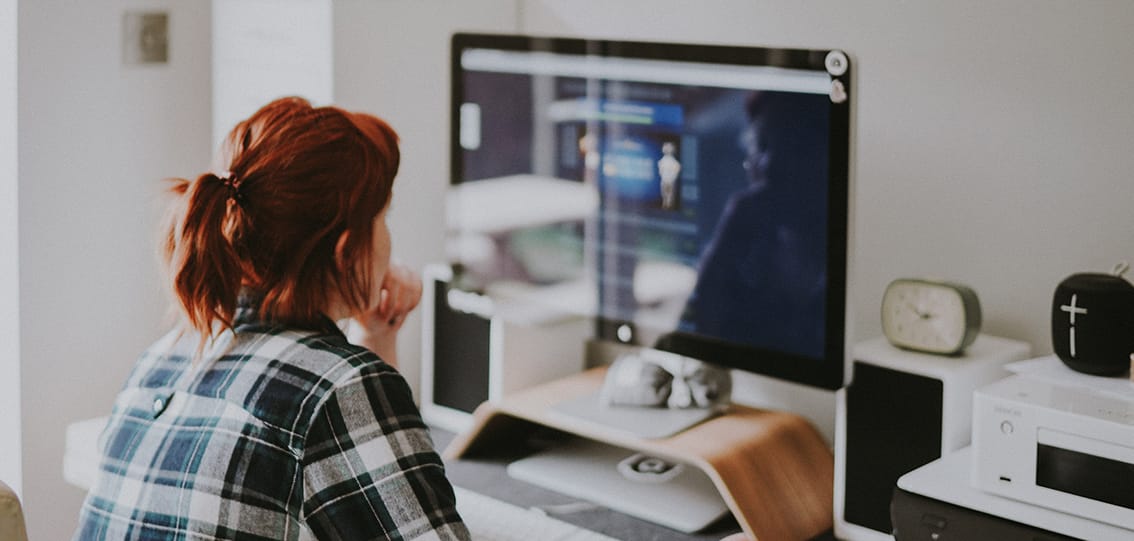 blog
blog
New Zealand's new free-range workplaces are leading the world
01 September 2021, by
While others are still hypothesising about the future of work and how staff will be coaxed, persuaded, encouraged or maybe even bribed to come back to the office, we have adjusted to a new hybrid, flexible, free-range, omni-channel workplace.
Did you realise that’s what happened?
Probably not. But it’s true. (And the last two weeks may have reminded you of it!)
You may say it doesn’t feel like we’ve cracked it and yes, maybe there is still some fine tuning left to do. But generally, from what I’ve seen, organisations have made significant changes and their people are now working differently.
The fact that we’ve adapted our way of working shouldn’t be a surprise. We like to think of ourselves as great innovators, skilled in making things happen. The big learning is that we’re able to do things independent of what’s happening in other countries and set our own path. We now have the opportunity to embrace this and build our own workplace models that are tuned into the way our organisations operate, the way our people think, feel and behave and the way our country and economy works.
Understand our own needs
The thinking behind this statement is two-fold. First, we’re unique. The size, structure and systems within our economy are different to other countries and, secondly, for too long, we’ve looked jealously at the workplace models overseas and tried to mimic them. It’s easy to spend too much time worrying about what others are doing and forget about what we need to achieve. There is little point lusting after campus-style workplaces a la Facebook, Google, Apple etc which have been developed as self-contained small towns with little or no relevance to even the largest NZ organisation. We need to look at different models and understand our own needs.
This understanding is likely to be led by our increasing focus on employee wellbeing in 2021 – partly a reaction to the increase in remote working over the last year-and-a-half and now a differentiator when it comes to a key challenge for many organisations, attracting and retaining staff.
Such is the focus that a recent benchmark report called ‘The State of Human Experience in the Workplace’ revealed that 65% of employers are putting greater organisational focus on the employee experience in 2021 than in 2019.
The organisations that succeed in attracting and retaining staff, concludes Gallup’s ‘State of the Global Workplace: 2021 Report’, will be “organisations that create engaging and thriving workplaces with high wellbeing, where employees can integrate work and life more effectively”.
What’s obvious is that over the last year the international workplace industry has been going crazy forecasting all sorts of structural changes to how we’ll work in the future and how employers will struggle to work out how to use their now empty offices.
More freedom to choose
As I mentioned earlier, call it what you will – ‘hybrid’, ‘flexible’, ‘free range’ – it’s all the same. The shackles have been broken and people are no longer tied to an office desk meaning they have more freedom to choose where, when and how they work. We still need people to meet, collaborate and interact and now that needs to happen virtually, as well as face-to-face.
Truth is, this is what many organisations were thinking about prior to Covid and the last 18 months has seen an intensive programme of pilots and implementations. The next 18 months is where we get to take the prototypes and fine tune the various aspects of our models to set up our workplaces for the future. Now is the time to invest in your workplace and become a trendsetter that might just get the world looking at us for future workplace models.
